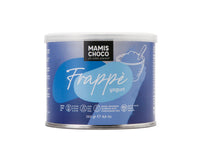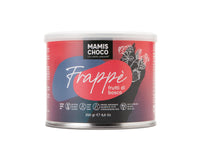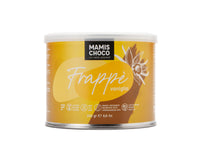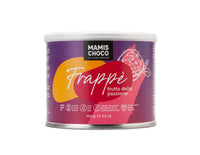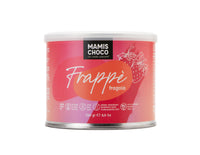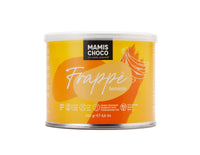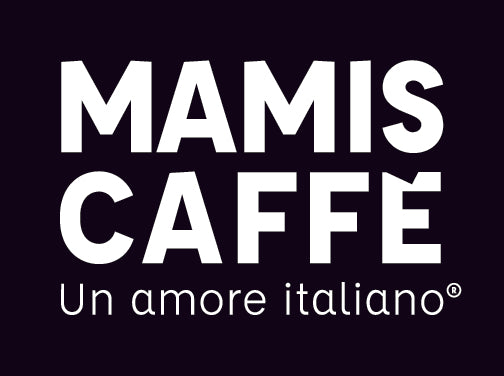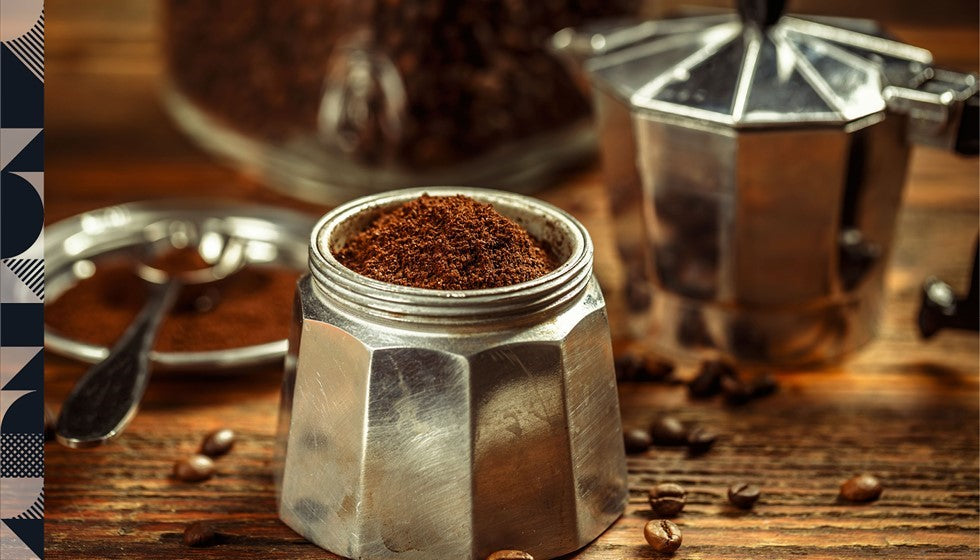
Can you hear it hissing? Since its invention by Bialetti, the Moka Express has been the epitome of Italian coffee. Virtually every household in Bella Italia owns one. How does it work? And what distinguishes coffee from a Moka from espresso from other machines? Mamis Caffè has the answers.
La Moka: How Bialetti created the Italian classic
When people talk about caffè in Italian, they mean either espresso or coffee from a moka pot. This octagonal coffee-making device is even more common there than the filter coffee machine in Germany.
It was invented by Alfonso Bialetti, who patented his "Moka Express" in 1933. Until then, Italians could only enjoy their beloved espresso outside, in bars with the appropriate machines. Bialetti then had the idea of not producing espresso using high steam pressure, but instead forcing the water through the coffee using low pressure in the pot. Therefore, Italians sometimes simply name their favorite kitchen utensil after its inventor: Bialetti.
He was inspired by stories about a common laundry method of the time . In Italy in the 1920s, dirty clothes were washed in buckets with a pipe in the middle. This pipe pumped the soapy water upwards and distributed it over the laundry.
How does an espresso maker work?
Every classic Moka consists of three parts:
- Jug top with pouring spout
- Boiler that is filled with water
- Funnel insert with coffee powder
As the water in the boiler begins to evaporate, excess pressure builds up. This pushes the hot water upward through the ground coffee in the funnel. The pot's top has a fine sieve at the bottom that filters out the ground coffee. The filtered coffee rises up the riser tube and flows into the espresso maker's carafe.
The important role the moka pot plays in Italian households is also demonstrated by the wide range of colors and designs in which this kitchen classic is available. The appliance is also an eye-catcher. The moka pot is often placed in full view on the stove or on a shelf. While the basic shape has hardly changed, designers are constantly adapting the moka pot's appearance to harmonize it with different kitchen styles.
Did you know?
The father invented it, the son spread it: The moka pot only became widely known after World War II, when Alfonso Bialetti's son, Renato, professionally marketed his invention. The entrepreneur built the world's largest coffee machine factory – and, as the "man with the mustache," became an advertising star for "La Moka." He remained associated with the octagonal coffee pot even after his death: His ashes were interred in an oversized moka pot in the family grave.
This is what distinguishes Caffè from Moka from Espresso
Unlike the Moka pot, whose evolution has primarily focused on aesthetics, espresso machines for home use have undergone a lot of changes over time. Depending on your budget, you can now choose between fully automatic coffee machines, portafilter machines, pod machines, and capsule machines. All of these high-quality machines deliver delicious espresso.
But what exactly is the difference between "caffè dalla moka" and espresso? Even though "la moka" is often referred to in German as an espresso maker or espresso pot, this doesn't quite capture the preparation method. It's widely assumed that a moka pot isn't an espresso, but a coffee pot. Incidentally, this term also translates to its Italian synonym, caffettiera. The reason: The moka pot operates at a maximum pressure of 2.5 bar. True espresso, however, requires a brewing pressure of between 8 and 10 bar, which only machines can achieve.
In addition, coffee from the Moka and espresso differ in terms of:
- Caffeine content : For the same amount of coffee, a cup of moka contains about 50 mg and an espresso about 68 mg of caffeine.
- Crema : The classic moka pot brews intense coffee with little to no crema. However, there are now models with a special crema valve that produce a nice crema. All espresso machines also generally produce espresso with crema.
- Price : The Moka pot is available for a reasonable price. The original Bialetti costs between 15 and 30 euros, while no-name coffee makers cost about half that. Good espresso machines, on the other hand, can easily cost several hundred euros or more.
- Size : The Moka Pot requires little space. It's easy to transport and can be used on the go, for example, with a camping stove.
Various studies on Italian coffee consumption habits show that the moka pot is still the most common method of preparing coffee in Italian households —a preference likely passed down from generation to generation. Most Italians even own two pots of different sizes, allowing them to brew the right amount of coffee for different occasions. And even if they have a modern espresso machine, most also have a moka pot at home.
Which coffee is suitable for the Bialetti Moka Express?
Whether you prefer your coffee from a moka pot or a machine is, of course, a matter of taste. Every autumn, we recommend the carefully selected espresso roasts from Mamis Caffè for a truly Italian coffee experience.
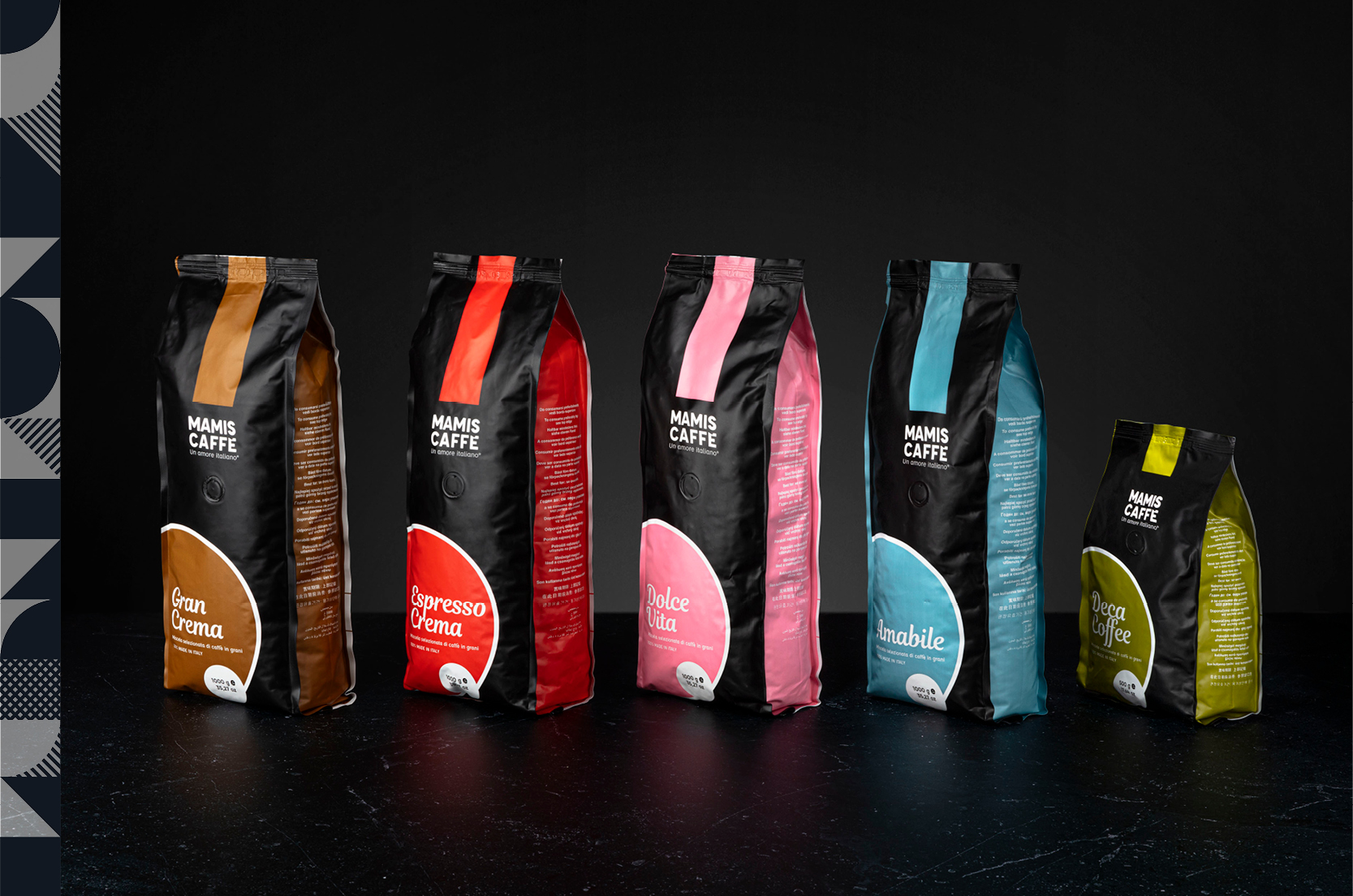
Tastes just as good as a coffee machine espresso or a moka coffee: the delicious varieties from Mamis Caffè. © Mamis Caffè
- Gran Crema : These are 100% finest Brazilian Arabica beans. This coffee delights with its round and harmonious flavor, underscored by a chocolatey note and crowned by a velvety, medium-thickness crema.
- Espresso Crema : This blend consists of 80% Arabica and 20% Robusta beans. It boasts a dense crema and a delicate Robusta aroma. Our Espresso Crema is round and full-bodied, yet intense and creamy. A typically Italian classic among espresso varieties.
- Dolce Vita : This blend is 60% Arabica and 40% Robusta. These beans, grown in India and South America, blend beautifully, producing a coffee with a delicate flavor, full aroma, and a fine crema.
- Amabile : This smooth powerhouse from our house consists of 40% Arabica beans and 60% Robusta beans. It has an intense flavor, a sweet undertone, and impresses with its smooth taste and velvety, full crema. For coffee lovers who prefer a pure, classic style.
- Deca Coffee : We also offer a decaffeinated version made from 100% Arabica beans. Its premium taste and full aroma will delight anyone who wants to experience the full coffee experience without caffeine.
